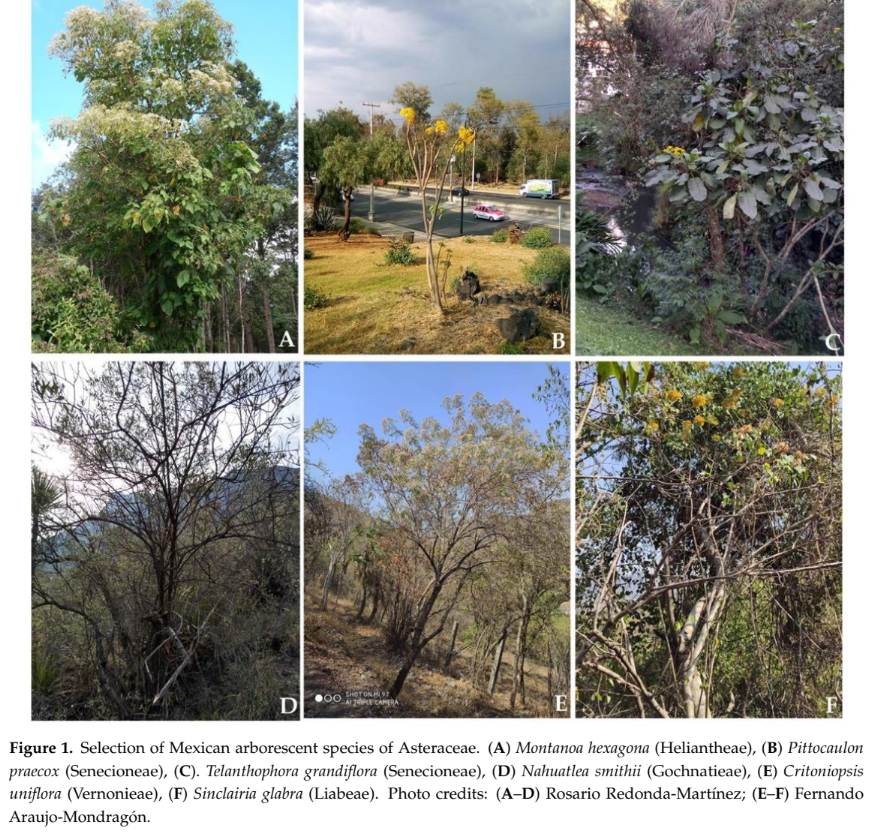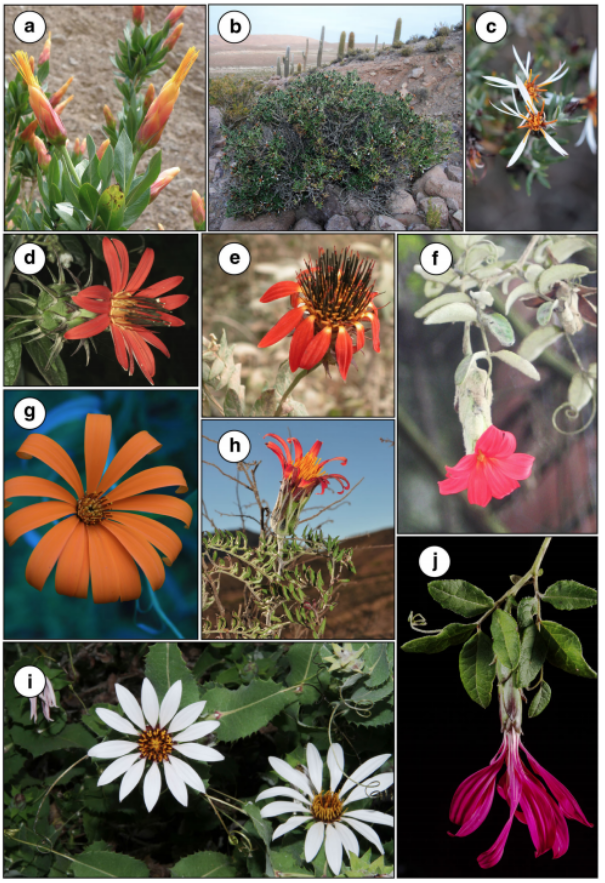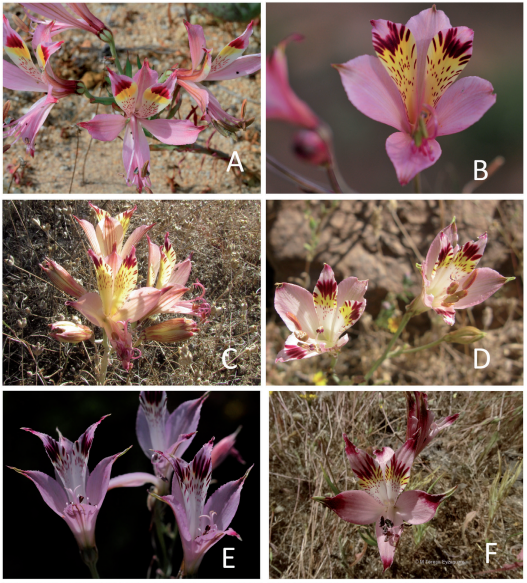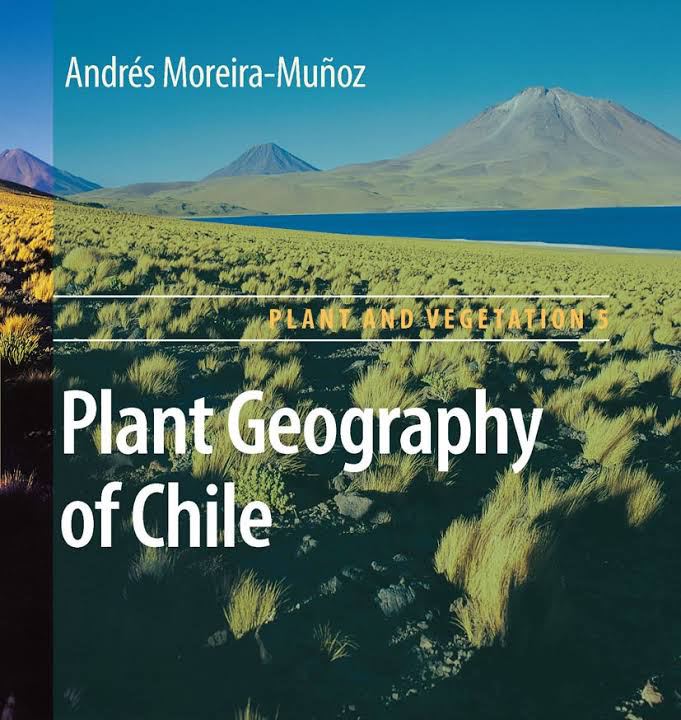Artículos en: Biogeografía

Towards Conservation of the Remarkably High Number of Daisy Trees (Asteraceae) in Mexico
March 2021
Mexico is floristically the fourth most species-rich country in the world, and Asteraceae is the most diverse vascular plant family in this country. The species exhibits a wide range of growth forms, but the tree-like habit, appropriately named daisy trees, is heavily underestimated, even though slightly different tree definitions are handled. Very little is known about their precise species number or conservation status in Mexico, so we update here the list of known Mexican daisy tree species, summarize their very diverse uses, present a general panorama of their present and future distribution, and discuss their conservation status. A bibliographic review and herbarium study were carried out, carefully curated taxonomical ocurrence maps were prepared for each species, and a climatic suitability modelling approach was used to characterise the spatial patterns of Mexican Asteraceae trees.
Rosario Redonda-Martínez,
Patricio Pliscoff,
Andrés Moreira-Muñoz,
Esteban Manuel Martínez Salas,
Marie-Stéphanie Samain.

Biogeography, phylogenetic relationships and morphological analyses of the South American genus Mutisia L.f. (Asteraceae) shows early connections of two disjunct biodiversity hotspots
August 2020
The Andes is recognized as one of the most biodiverse places on Earth, promoting in its uplift process a series of recent rapid diversification events in different biotic groups like birds, mammals, insects and vascular plants. The uplift of the Andes during the Cenozoic acted as a barrier for many biotic groups, as a scenario for radiation processes due to occupancy of different niches and as a corridor for others. Connections between the Andes and the Atlantic Forest showed intermittent phases along the Cenozoic, affecting the distribution patterns and diversification of different biotic groups. owadays, the Andes and the Atlantic Forest are both considered globally relevant biodiversity hotspots. Floristic groups thriving in both hotspots are crucial for a better understanding of their biogeographic history, as well as for informing future conservation actions.
Andrés Moreira-Muñoz,
Rosa A. Scherson,
Federico Luebert,
María José Román,
Marcelo Monge,
Mauricio Diazgranados,
Herman Silva.

Reinterpreting the Alstroemeria diluta Ehr. Bayer complex (Alstroemeriaceae) based on color and ornamentation of tepals, with change in geographical distribution and status of its taxa
July 2020
The species complex Alstroemeria diluta Ehr. Bayer is evaluated according to a reinterpretation of the color and ornamentation of the tepals. As such, change in the distribution and a new status of infraespecific taxa are proposed.
Mélica Muñoz-Schick,
Andrés Moreira-Muñoz.

Plant Geography of Chile
2011
The present book intends to reflect the “state of the art” or a synthesis of the plant geographical discipline in Chile. The challenge is seemingly overwhelming, since in such a composite discipline like biogeography, today any intend to integrate the different views that shape it, must confront the differences inherent to the diverse approaches involved in the discipline. To what extent biogeography assumes and reflects the conflicts, assumptions and challenges inherent to (post)modern science must then be kept in mind while analysing the Chilean plant geography.
Andrés Moreira-Muñoz.